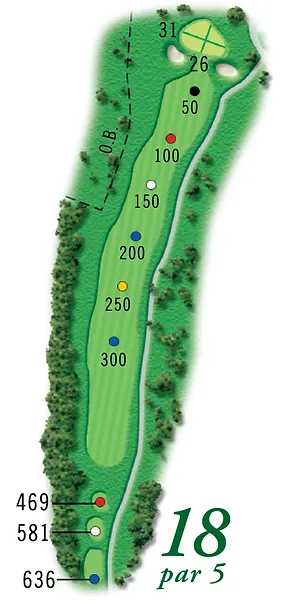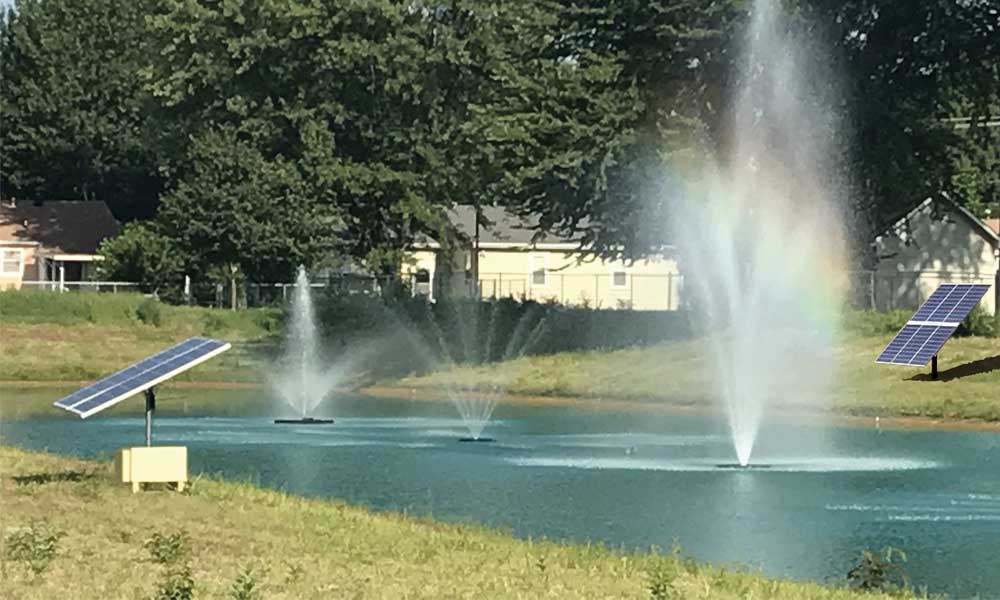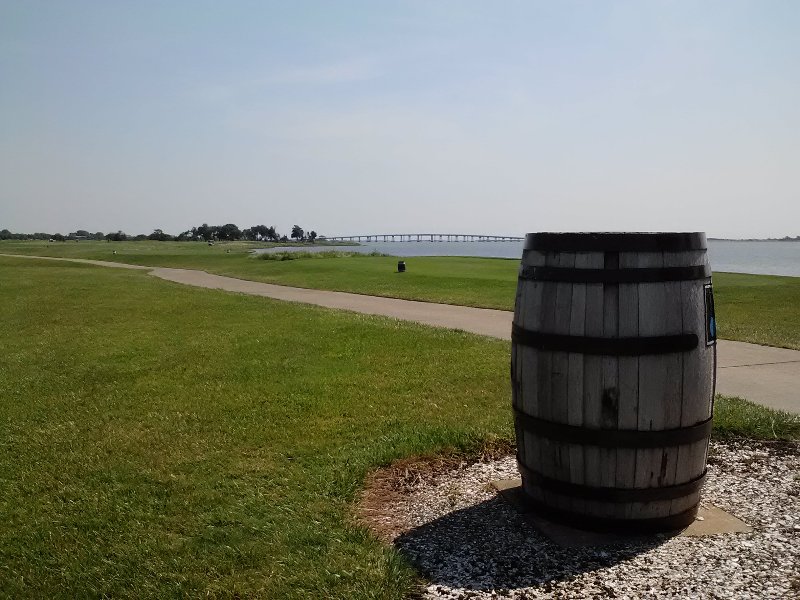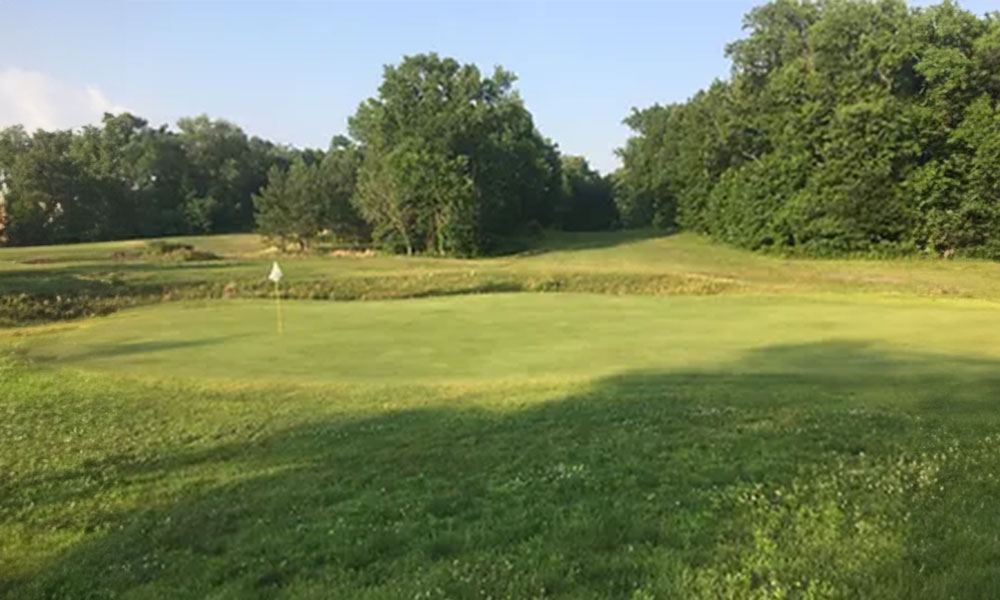1. Introduction to Calvert County’s Golf Scene
Calvert County, Maryland, boasts a diverse array of golf courses that cater to players of all skill levels. From public courses to private clubs, the area offers a rich golfing experience set against the backdrop of the Chesapeake Bay region.
Challenging holes are an integral part of any golf course, testing players’ skills and pushing them to improve their game. These holes often combine various elements such as length, hazards, and strategic layout to create a formidable test of golfing ability.
What makes a hole challenging can vary, but common factors include:
- Lengthy fairways requiring precise long shots
- Strategically placed hazards like bunkers and water features
- Narrow landing areas that punish inaccurate shots
- Elevation changes that affect club selection and shot trajectory
- Complex green designs that demand skillful putting
Let’s explore some of Calvert County’s most challenging golf holes and how to approach them.

2. The Signature 18th at Chesapeake Hills Golf Club
A. Hole description and layout
The 18th hole at Chesapeake Hills Golf Club is a par-4 that stretches 420 yards from the back tees. It features a dogleg right with a slight downhill slope towards the green.
B. Key obstacles and hazards
Players face several challenges on this hole:
- A large fairway bunker guards the right side of the landing area
- A small pond comes into play on the left side near the green
- The green is protected by two deep bunkers on the front right and back left
C. Strategies for success
To tackle this hole effectively:
- Aim for the left-center of the fairway off the tee to avoid the fairway bunker
- For the approach shot, consider club selection carefully to clear the water hazard
- When on the green, pay attention to subtle breaks that can affect putts
Related: Discover Troy Burne Golf Club: Tom Lehman-Designed Championship Course
3. Conquering the Par-5 5th at Mellomar Golf Park
A. Length and elevation challenges
The 5th hole at Mellomar Golf Park is a long par-5 that plays uphill for most of its 565-yard length. The elevation change adds to the difficulty of reaching the green in regulation.

B. Dealing with water hazards
A creek crosses the fairway about 100 yards short of the green, forcing players to make a decision on their second shot.
C. Risk-reward decisions for skilled players
For longer hitters, there’s a temptation to go for the green in two. However, this strategy comes with significant risks:
- The uphill lie makes it harder to hit a long, accurate shot
- The water hazard punishes any shots that come up short
- The green is well-guarded by bunkers, making it a small target for a long approach
A more conservative approach involves laying up short of the creek and aiming for a wedge shot into the green.

4. Mastering the Scenic yet Challenging 15th at Drum Point Golf Course
A. Visual distractions and their impact
The 15th hole at Drum Point offers breathtaking views of the Chesapeake Bay, which can be both a blessing and a curse. While scenic, these views can distract players from the task at hand.
B. Wind factors and how to adjust
Being close to the bay, this hole is often subject to strong and unpredictable winds. Players need to:
- Check wind direction and speed before each shot
- Consider playing lower trajectory shots to minimize wind impact
- Be prepared to adjust club selection based on wind conditions
C. Putting challenges on an undulating green
The green on this hole features significant undulations, making putting a real challenge. Reading the breaks correctly and controlling speed are crucial for success.
5. Summary: Key Takeaways for Tackling Calvert County’s Toughest Holes
A. Common themes among challenging holes
After examining these difficult holes, some common themes emerge:
- Strategic use of hazards to penalize poor shots
- Emphasis on accuracy over distance
- The importance of course management and decision-making
B. Overall strategies for improvement
To improve performance on these challenging holes:
- Focus on accuracy in tee shots and approaches
- Practice different types of shots to prepare for various situations
- Develop a solid course management strategy for each hole
C. The role of practice and course management
Consistent practice and smart course management are key to mastering these challenging holes. This includes:
- Regular practice of trouble shots and different lies
- Studying each hole’s layout and developing a personalized strategy
- Learning to make smart decisions based on your skill level and the current conditions
6. FAQs
A. What is the most difficult golf course in Calvert County?
While difficulty can be subjective, many local golfers consider Chesapeake Hills Golf Club to be among the most challenging courses in the county due to its length and strategic design.
B. Are there any golf instruction programs available for these challenging holes?
Yes, most golf courses in Calvert County offer professional instruction. Many pros provide specific guidance on how to play the course’s most challenging holes.
C. How do course conditions affect the difficulty of these holes?
Course conditions can significantly impact difficulty. Factors like green speed, rough height, and fairway firmness can make holes play easier or harder depending on how they’re maintained.
D. Can beginners play these challenging holes, or should they stick to easier courses?
Beginners can certainly play these holes, but they should be prepared for a greater challenge. It’s often beneficial for new golfers to play from forward tees and focus on enjoying the game rather than scoring.
E. Are there any local tournaments that feature these challenging holes?
Many local clubs host tournaments that incorporate these challenging holes. Check with individual golf courses or the Maryland State Golf Association for upcoming events.





















